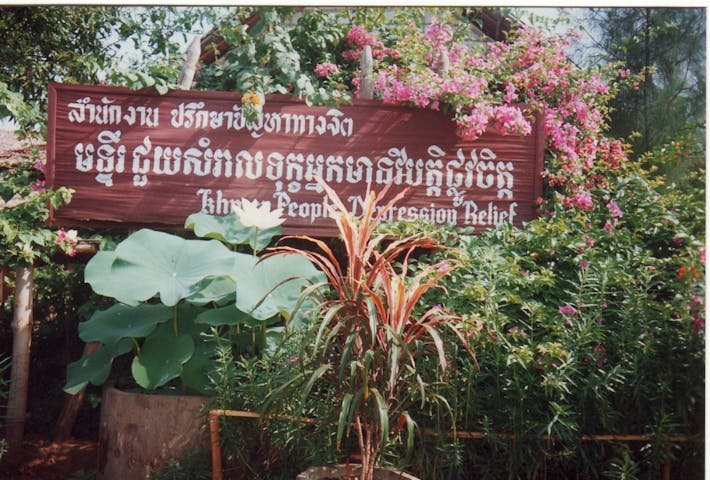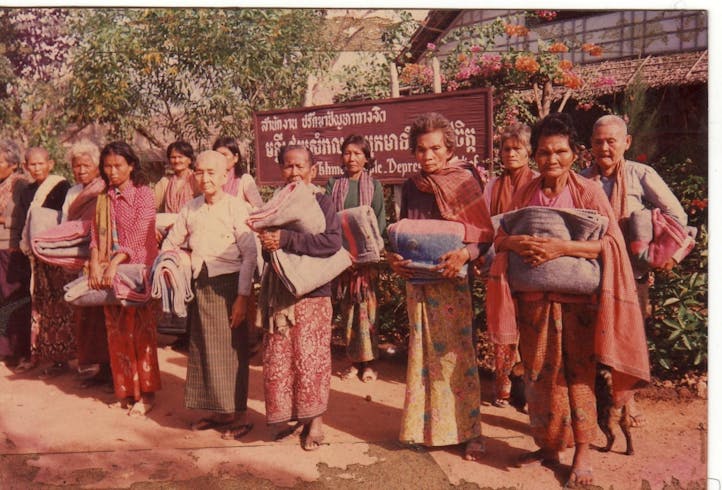BRIEF HISTORY
Prey Lovear village, Sangkat Chom Chao 1 , Khan Po Senchey, Phnom Penh, Kingdom of Cambodia
Mrs. Phaly Nuon and Mr. Soeurn Hem founded the Khmer People Depression Relief Centre (KPDR) at the Site II (Rithysen) Refugee Camp on the Cambodian-Thai border to provide counseling to depressed women and children who had survived the horrors of the Khmer Rouge regime. Many refugees suffered from post-traumatic stress disorder, depression, and other mental illnesses, and there were no resources at Site II to assist them at the time.
The KPDR Centre was established in 1987 with the goal of relieving these people's suffering and providing traditional Khmer medicine to those who desired it. Phaly and Soeurn offered their own home to treat urgent cases in the project's early stages. Later, they expanded the facility to make more room for traditional medical practice, collaborating with Khmer healers to meet the needs of those who were suffering.
Increased demand led to the establishment of a new center in October 1988, led by Mrs. Phaly Nuon. For those suffering from physical and mental impairments, KPDR has expanded to provide consultations and diagnoses using both traditional and modern methods. The center also helped children whose parents were unable to care for them.
Peace had prevailed and the war had come to an end after all warring factions signed the Paris Peace Agreement in 1991. With UNHCR assistance, all Cambodian refugees along the Thai-Cambodian border were repatriated to Cambodia. In early 1993, KPDC was closed, and Mrs. Phaly and Mr. Hem Soeurn, along with 91 children, 31 girls, and 60 boys, were repatriated to Cambodia.
Mrs. Phaly and Mr. Hem Soeurn were regarded as parents by those 91 children. They were all one big family to them. Mrs. Phaly and Mr. Hem Soeurn rented a house behind the Chinese Embassy to house all of them after settling in Phnom Penh in 1993.
Mr. Phaly and Mr. Hem Soeurn decided to build a center on the land in 1995 after purchasing a plot of land in the most remote area of Phnom Penh at the time. They named it "Future Light Orphanage" and relocated the 91 children there.





FUTURE LIGHT ORGANIZATION